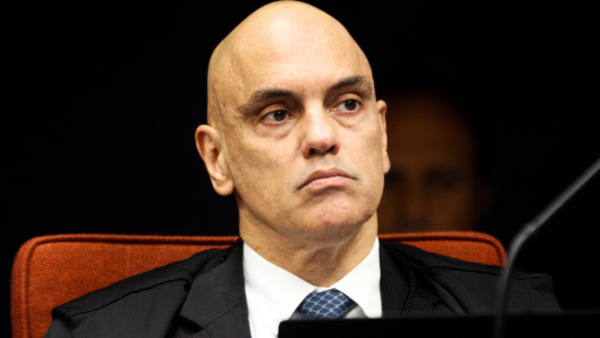Food prices have ticked up in Brazil recently — and the Luiz Inácio Lula da Silva administration wants to set up a monitoring system to detect in advance the risks of crop failures and take measures to prevent or mitigate the rise in food prices.
The government also intends to offer cheaper rural insurance options in the next Harvest Plan — a stimulus program for agricultural producers.
Rising food costs are a significant source of concern for the president, especially at a time when his popularity is dipping. Extreme heat and higher-than-usual rainfall have hurt agricultural output in several regions of the country, pushing the prices of food consumed at home by 1.12 percent in February.
“Do you feel that the price of beans might rise? We can already make a purchase option for beans,” explained Agrarian Development Minister Paulo Teixeira. “We’d tell farmers: ‘Plant, and we’ll guarantee you this price, you won’t lose out.’ If you can get a higher market price than the one I’m offering, sell it to the market. If not, sell it to us. These are assurance incentives,” he said.
The National Supply Company (Conab), the Agriculture Ministry, and the Finance Ministry’s Economic Policy Secretariat are discussing the alert system.
“At this moment of climate extremes, we would like to build a database that would allow us to anticipate potential problems in specific harvests and think about what actions we can take,” said Guilherme Mello, Brazil’s economic policy secretary.
Conab currently conducts 12 crop surveys (one per month) of the country’s 16 main grains. Uncharacteristic rainfall patterns have disturbed several crops.
Abiove, an association of oilseed producers, recently lowered its estimates for Brazil’s next soybean harvest to 156.1 million, down from 160.3 million in December. Still, Abiove is more optimistic than other organizations.
The National Supply Company (Conab) expects the 2023-2024 harvest to reach 155.3 million tons of soybeans, while private consultancies are looking at even lower numbers.
In the South, excessive rainfall has hurt productivity. In the Center-West, Brazil’s agricultural belt, the outlook is worse, as extreme heat and erratic rainfall patterns will wreak havoc on results. In Mato Grosso, the biggest soybean-producing state, producers expect crop yield losses of 21 percent.
These problems come at a bad time for farmers, who are increasingly mired in debt that they are unable to repay. According to Serasa Experian, a credit protection agency, the number of bankruptcy protection filings among farmers jumped fivefold between 2022 and 2023.


 Search
Search






































